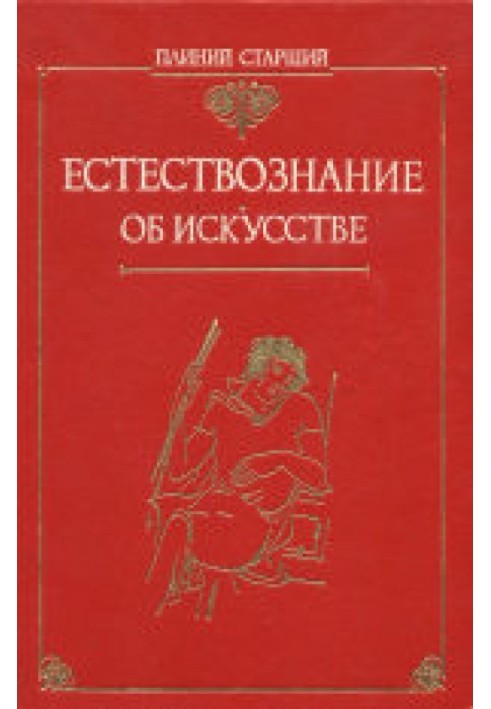Natural science. About art
 Instant download
Instant download
after payment (24/7)
 Wide range of formats
Wide range of formats
(for all gadgets)
 Full book
Full book
(including for Apple and Android)
“Natural History” (lat. Naturalis Historia, Historia Naturalis or Naturae Historiae) - compiled around 77 AD. e. Pliny the Elder and an encyclopedia of natural and artificial objects and phenomena dedicated to the Roman Emperor Titus. It served as the prototype for all subsequent European encyclopedias in terms of volume, citing the authors of certain statements and the presence of a content index. This is the only surviving work of Pliny and perhaps the longest text in Latin of the ancient period.
Pliny the Elder (23/24-79) - Roman writer and scientist. Of his works, only “Natural History” (a common translation is “Natural History”) has survived in 37 books, which is an encyclopedic description of all nature. Pliny pays great attention to the use of nature by man, including materials for art, and therefore provides a lot of information about art, contained mainly in books XXXIII-XXXVII, dedicated to metals and minerals. These sections on art, both fine and applied (sculpture in bronze and marble, painting, modeling, chasing, carving, as well as architectural landmarks, etc.), are brief sketches of the history of ancient art from its origins to the time of Pliny. According to A.F. Losev, “without Pliny we would have been completely unable to write the history of ancient art, since the varied material material that has come down to us would have remained completely chaotic.” The published translation reproduces all those chapters and passages from “Natural History” where Pliny talks about art.
Data sheet
- Name of the Author
- Гай Плиний Старший
- Language
- Russian
- Translator
- Г. А. Таронян














